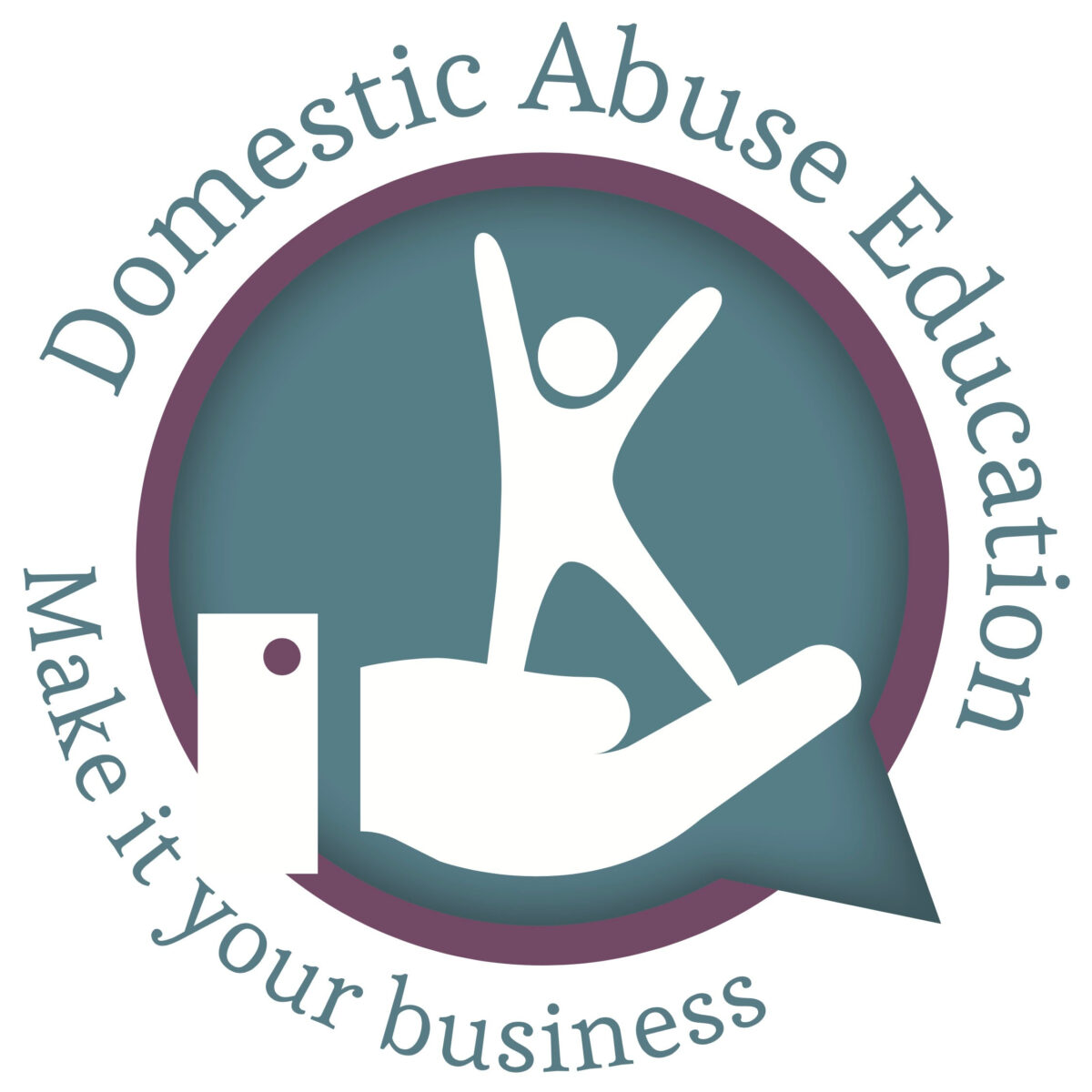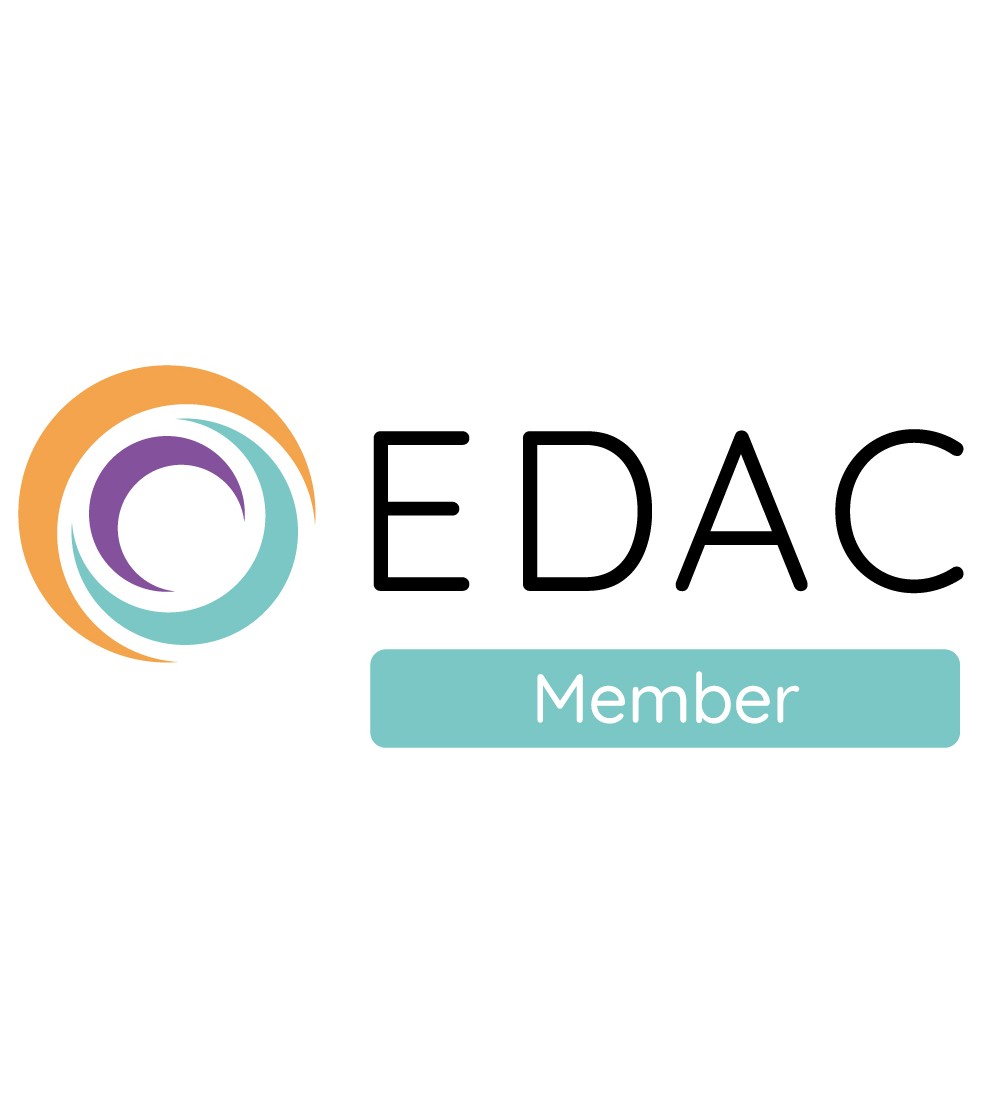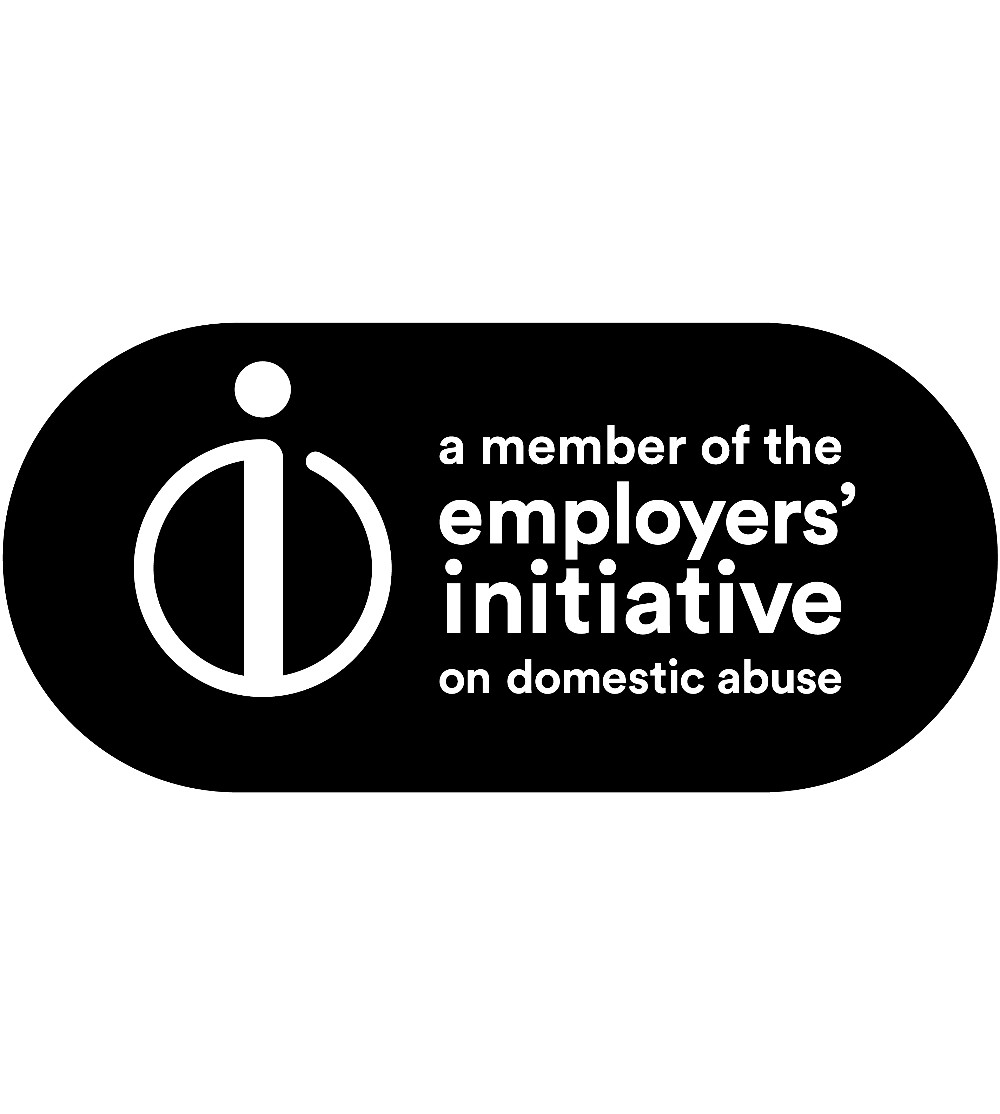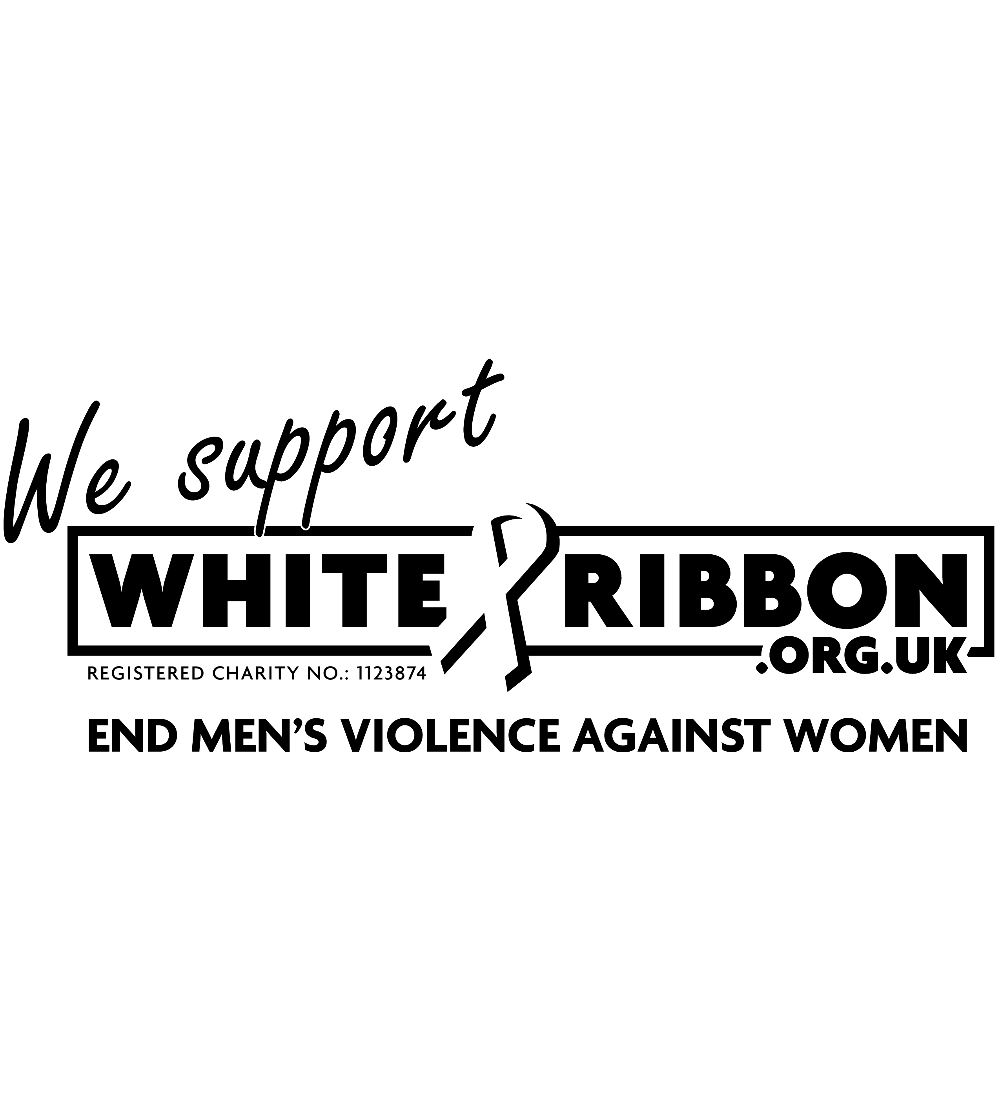
1 in 4 women and 1 in 7 men in the UK will experience domestic abuse. For the 750,000 children who witness domestic abuse each year, the damaging effects can be long-lasting and impact every area of their lives. On average, one woman is killed every five days by their current or former partner, in England and Wales. These statistics establish the scale of domestic abuse, yet they cannot capture the authentic voices of those who have lived through these experiences.
Survivor stories offer something that theoretical knowledge cannot provide. Academic understanding alone fails to create the emotional investment necessary for meaningful change. This proves especially important in workplace settings, where many survivors find their only sanctuary. Employment provides the financial independence crucial for abuse survivors, yet most organisations lack the understanding to recognise warning signs or respond appropriately.
Sharon Livermore MBE discovered this reality during her survival journey. Following her near-fatal attack in 2015, she recognised that her workplace had been her sole safe haven throughout the abuse. Today, her truth-telling approach demonstrates why lived experience creates the foundation for effective domestic abuse education. Sharon’s lived experience powers everything we do at Domestic Abuse Education, and her story inspires real change in boardrooms, staffrooms and across entire organisations.
This guide explores how survivor-led education creates meaningful learning experiences that move beyond awareness to action. We don’t use case studies. We use truth. Sharon’s approach proves essential for understanding how interventions affect survivors and families in real-world contexts. Her methodology doesn’t just inform, it transforms workplace cultures from unknowing bystanders to informed allies.
From Surviving to Educating: Sharon Livermore MBE’s Story
Sharon Livermore’s journey began with a moment that nearly cost her life. During 2015, she survived a horrific domestic abuse attack that completely altered her path forward. The aftermath of trauma often leaves survivors searching for meaning. For Sharon, this meaning emerged through recognising how crucial workplace support had been to her survival.
How Sharon’s lived experience shaped her mission
Sharon’s firsthand understanding of feeling unsafe at home yet protected at work offered insights that textbooks cannot convey. Through her healing journey, she identified critical gaps in how organisations understand and respond to domestic abuse survivors in their workforce. Her workplace had been her sole sanctuary during the darkest periods of abuse – a realisation that became the cornerstone of her life’s mission.
“I use my voice because I didn’t have one for so long, now I make sure others are heard,” Sharon often shares during her sessions. This personal commitment transforms what could be merely informative training into something genuinely moving and actionable. The workplace presents a unique opportunity to identify domestic abuse, and Sharon’s experience demonstrates exactly why this recognition matters.
Turning trauma into training: her path to advocacy
Converting personal pain into professional purpose proved challenging. Sharon developed CPD-accredited training programmes that harness the power of authentic storytelling. Her methodology centres on truth-telling, showing rather than simply telling what domestic abuse looks like from the inside. Unlike theoretical approaches, Sharon’s training creates immediate human connections that statistics alone cannot achieve.
The recognition of her work with an MBE underscores the significance of her contributions to workplace education. This honour reflects how survivor-led advocacy creates ripples far beyond individual training rooms. Sharon’s approach fosters a safe, respectful learning environment where people leave feeling confident, capable, and ready to support their colleagues.
Why her voice resonates in professional settings
Sharon’s lived experience cuts through corporate detachment. Her narrative breaks down preconceptions about who experiences domestic abuse, challenging assumptions through authentic accounts that cannot be dismissed. Businesses frequently report that sessions with Sharon prompt immediate policy reviews and cultural shifts.
“Lived experience creates a human connection. That’s what drives action,” Sharon explains. This connection transforms workplace culture from one of unknowing bystanders to informed allies for domestic abuse survivors. Early recognition enables prompt support, potentially reducing abuse severity and creating better outcomes for both survivors and their families.
Why Survivor Stories Matter in Workplace Education
For many victims, work may be the only place where their abuser can’t follow them. One in five employees discloses their abuse while at work. Yet traditional policies rarely capture the emotional reality these survivors face daily. Personal narratives transform abstract guidelines into meaningful protection, connecting theory with lived reality.
Bringing emotional truth to policy and training
Workplace training becomes significantly more effective when informed by authentic survivor experiences. Studies show that employees who receive proper training report immediate improvements in their feelings of preparedness to provide support. Additionally, such training develops the confidence of employees to assist victim-survivors, helping them recognise that domestic abuse is “everyone’s business”.
Survivor-led education does what policy manuals cannot: it creates emotional investment. While handbooks explain procedures, first-person accounts cultivate genuine empathy. “Lived experience creates a human connection. That’s what drives action,” Sharon often explains during her sessions. This human connection transforms theoretical knowledge into practical commitment.
Our approach creates a safe, respectful learning environment where people leave feeling confident, capable, and ready to support colleagues. When staff understand domestic abuse through survivor voices, they recognise warning signs they previously missed in teammates experiencing abuse.
Making domestic abuse real for employees and leaders
Most victim-survivors disclose their experiences to someone in their familial or wider social networks, including colleagues. Consequently, workplaces become vital spaces where people can ask for and access support. Through powerful storytelling, abstract statistics transform into recognisable human experiences.
Stories improve retention and trigger emotional responses that theoretical training simply cannot match. Indeed, the workplace can often be one of the few places a person experiencing abuse can be separate from their abuser and experience some independence. This makes workplace education essential.
Domestic abuse takes many forms, each designed to establish power and control. Sharon’s story demonstrates how coercive control operates in relationships, helping managers understand that abuse rarely begins with physical violence. This understanding proves crucial for early intervention and appropriate support.
Challenging assumptions through lived experience
Harmful myths surround domestic abuse, such as the idea that it only happens in certain “types” of families, that victims somehow provoke abuse, or that it’s a private family matter. It’s also wrongly assumed that people in positions of seniority or leadership are somehow immune to abuse, as if status, education or professional success offer protection. Survivor stories directly challenge these assumptions through authentic accounts that cannot be dismissed.
Research highlights that training improves workplace managers’ awareness and understanding of domestic abuse “in all of its forms”. Essentially, survivor voices help employees recognise that domestic abuse isn’t always visible and that support must extend beyond physical violence to include financial, emotional and psychological abuse, along with others.
Training managers to spot potential signs of abuse enables them to handle disclosures sensitively and confidentially. Sharon’s truth-telling approach breaks down preconceptions about who experiences domestic abuse, creating workplace allies who understand their vital role in supporting colleagues. This connection ultimately transforms workplace culture from indifference to informed action.
The Power of Storytelling in Learning Environments
Storytelling connects people across cultures and generations while making complex information accessible. Stories have educated, inspired and created meaningful change throughout history, something particularly valuable when addressing sensitive topics like domestic abuse.
How stories improve retention and empathy
Domestic abuse survivors sharing their experiences engage listeners on multiple levels—factually, visually and emotionally. This multi-dimensional processing helps information “stick with you longer with minimal effort on your part”. This approach activates three crucial cognitive processes:
- Concretising: Stories transform abstract concepts into tangible examples, making domestic abuse policies and procedures more relatable
- Assimilation: Personal narratives help integrate new information with existing knowledge
- Formalising: Survivor stories enable people to apply concepts to situations beyond the initial context
Emotional connections fostered through survivor stories create something that statistics alone cannot achieve. These connections build genuine empathy, which stands out as essential for creating workplace allies who actively support those experiencing abuse.
Creating safe spaces for difficult conversations
Sensitive topics naturally trigger strong emotional responses, yet stories provide a protective framework for discussing complex subjects. Educational settings benefit when “a sensitive story is a very personal and special story that explores sensitive topics in a practical but sensitive way”. This approach creates a safe, nurturing space where people can engage with challenging material without becoming overwhelmed.
The storytelling environment becomes a “safe space to explore the experiences, emotions and challenges” associated with domestic abuse. For workplaces implementing domestic abuse policies, this safety becomes crucial for meaningful engagement.
Using narrative to shift workplace culture
Harmful myths and stereotypes about domestic abuse often prevent effective intervention. Survivor-led storytelling directly challenges these assumptions by offering authentic counternarratives that cannot be dismissed.
Changing workplace culture requires revising “systemic and structural narratives” through education. When domestic abuse survivors share their stories in professional settings, they create what one researcher describes as “the cultural shift and movement that is required for tackling domestic abuse”. Our approach creates a safe, respectful learning environment where people leave feeling confident, capable, and ready to support colleagues.
This methodology doesn’t merely inform, it transforms attitudes, challenges assumptions, and inspires meaningful action across entire organisations.
From Awareness to Action: Real Impact in UK Workplaces
UK workplaces are moving beyond awareness campaigns to create tangible support systems for staff experiencing domestic abuse. Practical approaches now replace theoretical policies, with survivor-informed guidance driving real organisational change.
How survivor-led training changes HR policies
When survivors collaborate with businesses, policies transform from perfunctory documents into effective safety nets. Sharon’s Policy development with The HR Dept illustrates this impact, creating a framework built on four key measures: Recognise, Respond, Record and Refer. This approach ensures employers spot signs of abuse, handle disclosures appropriately, maintain accurate records, and connect survivors with specialist support.
Currently, only 5% of employers have specific domestic abuse policies in place. Survivor-led training creates substantial policy shifts, from paid leave provisions to flexible working arrangements that accommodate court appearances and housing relocations. These changes deliver measurable business benefits through reduced absenteeism, improved staff retention, and stronger workplace morale.
Examples of improved support for domestic abuse survivors
Across the UK, innovative support programmes demonstrate effective workplace interventions:
- Staffordshire Chambers of Commerce trains Domestic Abuse Workplace Champions who serve as confidential contacts, equipped to recognise abuse signs and provide appropriate guidance
- The Employers’ Initiative on Domestic Abuse (EIDA) connects over 1,900 organisations representing 25% of the UK workforce
- Domestic Abuse Education offers CPD courses to support employers and free downloads
Leadership buy-in and long-term cultural change
Sustainable change requires genuine leadership commitment. The EIDA Beacons project engages senior business leaders to leverage their influence, spreading awareness throughout their networks. Line managers attending training alongside domestic abuse ambassadors creates a deeper organisational understanding.
The role as a leader proves essential in creating workplace environments where employees feel believed and supported without judgment. Active leadership demonstrates genuine commitment to equality and wellbeing, directly contributing to business success.
Supporting PTSD in domestic abuse survivors at work
Workplace accommodations for trauma reactions prove vital for survivors’ professional recovery. Trauma-informed career coaching acknowledges how abuse impacts workplace behaviour and career decisions, creating safe environments for survivors to rebuild confidence. Targeted support helps survivors overcome lingering effects of abuse, including concentration difficulties and self-doubt.
These approaches create environments where survivors can not only remain employed but also thrive professionally throughout their recovery journey. When employees feel safe at work, they stay, grow, and contribute meaningfully to organisational success.
Conclusion
Survivor voices create the foundation for meaningful domestic abuse education that moves beyond theoretical understanding to genuine workplace transformation. Sharon Livermore’s approach demonstrates how authentic storytelling breaks down barriers that statistics alone cannot address. Her truth-telling methodology proves essential for creating emotional investment among colleagues who might otherwise remain uninformed bystanders.
The evidence speaks clearly: survivor-led training produces tangible results. Improved HR policies, trained workplace champions, and trauma-informed environments emerge when organisations engage with lived experience rather than relying on academic frameworks. Only 5% of UK employers currently have specific domestic abuse policies, yet this landscape continues to evolve as more businesses recognise their crucial role in supporting staff.
Workplace communities that understand domestic abuse as “everyone’s business” create environments where survivors can rebuild their professional lives. Creating safe work environments requires more than knowledge, it demands emotional investment and commitment from all levels of an organisation. When colleagues hear directly from those who have lived through abuse, abstract concepts become recognisable human experiences that drive meaningful action.
Many managers feel unsure about handling domestic abuse disclosures, yet targeted training helps them recognise warning signs and respond effectively. Our approach creates a safe, respectful learning environment where people leave feeling confident, capable, and ready to support colleagues experiencing abuse.
Survivor voices will continue driving change across UK workplaces. Their courage transforms employment sites into vital spaces where those facing abuse at home can find safety, support and opportunity to thrive throughout their recovery journey. Download our resources and training materials to access practical tools explicitly designed for workplace implementation.
When we educate, we save lives.
FAQs
Q1. How does survivor-led education impact workplace policies on domestic abuse?
Survivor-led education transforms workplace policies from theoretical documents into meaningful protection. It helps create emotional investment, challenges harmful assumptions, and inspires genuine change in how organisations support domestic abuse survivors.
Q2. What are the benefits of incorporating survivor stories in domestic abuse training?
Survivor stories improve information retention, foster empathy, and make complex topics more accessible. They create emotional connections that statistics alone cannot achieve, helping employees better understand and respond to domestic abuse situations in the workplace.
Q3. How can workplaces create a supportive environment for domestic abuse survivors?
Workplaces can create supportive environments by implementing specific domestic abuse policies, training staff to recognise signs of abuse, providing confidential support systems, and offering flexible working arrangements to accommodate survivors’ needs.
Q4. What role do employers play in supporting employees experiencing domestic abuse?
Employers play a crucial role by recognising that the workplace can be a sanctuary for those experiencing abuse. They can provide training, implement supportive policies, and create a culture where domestic abuse is seen as ‘everyone’s business’, enabling colleagues to offer appropriate support and signpost to external support services.
Q5. How does trauma-informed support benefit domestic abuse survivors in the workplace?
Trauma-informed support acknowledges how abuse impacts workplace behaviour and career decisions. It creates safe environments for survivors to rebuild confidence, helps them overcome lingering effects of abuse, such as concentration difficulties, and supports their professional recovery.







